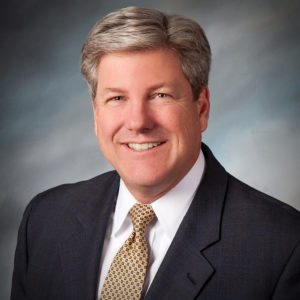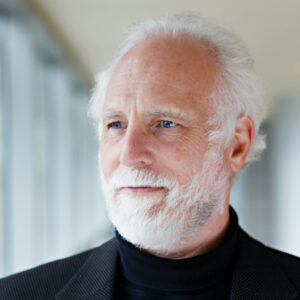By Knut A. Rostad
Originally posted on ThinkAdvisor on January 25, 2017 (registration required)
You may recall that John Oliver of “Last Week Tonight” brought fiduciary to a national audience in 2016. Oliver engaged investors on why the DOL rule matters to them.
In 2017 President Trump seems angling for a similar feat, but not in the way he might think. He’s doing so not by delaying, decapitating or removing the DOL fiduciary rule, but by engaging the American people in a tutorial on conflicts of interest as he explains what he is doing (or not doing) about his conflicts.
A tutorial on why conflicts should be avoided if humanly possible, or otherwise mitigated and neutralized, is overdue. It’s been some 22 years since the last one. The 1995 “Tully Report,” commissioned by then SEC Chair Arthur Levitt, spoke on conflicts’ harms (many persist today). The report resulted in some changes and Levitt became a missionary, later urging investors to “fire your brokers” and relating how a BD executive confided he wouldn’t send his own mother to a broker.
Since then, the brokerage industry has effectively rebranded conflicts. Their “glossy magazine” story is that conflicts of interest are ubiquitous, unavoidable and benefit investors. This is the bottom-line message from the brokerage and insurance industry’s Securities Industry Financial Markets Association (SIFMA), and others as well.
In a lengthy 2011 SEC letter, SIFMA called for a rule that allows brokers to keep their profitable conflicted products and criticizes the SEC for urging advisors to avoid conflicts. In a word, SIFMA calls for a sales suitability standard to be named fiduciary.
The Trump Conflicts tutorial is underway. The president’s supporters’ defend his handling of conflicts, while others criticize his actions or inactions. This week, for example, a group filed a lawsuit in federal court alleging the president violates the Constitution from his ownership interests in hotels that do business with foreign governments. (Note: the point here is not to take sides, but to suggest the massive attention given conflicts of interest is good.)
Walter Shaub, the government ethics officer, notes the Supreme Court in 1961 called conflicts, “An evil which endangers the very fabric of a democratic society.” In a like vein, in 1963 the Court said the Investment Advisers Act of 1940 meant advisers had fiduciary duties and “Investment advisers could not completely perform their basic function … unless all conflicts between the investment counsel and the client were removed.”
That conflicts are inherently pernicious is chronicled in history, law and logic and cannot be disputed. Conflicts richly deserve their bad reputation. They deserve to be called a “cancer on objectivity” as Yale’s Daylian Cain put it, or “viruses that threaten an organization’s well-being,” as did then-SEC OCIE Director Carlo di Florio in 2012.
Law professor Mercer Bullard described to Congress in 2015 that this corrosion means that the “kinds and effects of (BD) conflicted compensation are truly mind boggling. Differences in compensation often bear no relationship to services provided. Instead they seem to exist only to generate higher revenues for (brokers who) … serve only themselves.” The impact: a net transfer “from uninformed, unsophisticated investors to deeply conflicted financial advisers.”
Ethics officer Shaub is leading calls for President Trump to divest his business interests. After all, a WSJ analysis identifies more than 500 Trump-related business entities.
Attorney Edwin Williamson disagrees and argues that President Trump has done about what he can do, turning over company management to his sons and putting the interests into a (non-blind) trust. Williamson notes, “The Trump Organization is vast and complicated … (and) based on two illiquid assets: real estate and the Trump name….. Demands that Trump divest are impractical.”
Who’s to judge? WSJ’s Paul Gigot says it well: “Ultimately, it’s going to be the American public that will have to decide.” How well the public understands these conflicts is hard to tell. What’s not hard to tell is the media will skeptically report Trump conflicts and these reports are news. Google“Trump conflicts of interest” and you get 19,800,000 results.
While there’s no guarantee a robust discussion and high awareness will guarantee better decisions, there’s a pretty good “guarantee” of where low awareness leads.
Meanwhile, mounds of research show most investors have no clue of the magnitude of the opaque BD compensation conflicts and what these conflicts cost them. Even Merrill Lynch’s John Thiel has publicly noted his customers don’t know what they pay.
The juxtaposition of an investor conversant on the president’s conflicts, while largely in the dark on her own broker’s conflicts, is eye-popping. This conflicts tutorial brings a Trump megaphone and with that an opportunity, one that RIAs can leverage to contrast their businesses from BDs’ businesses.

